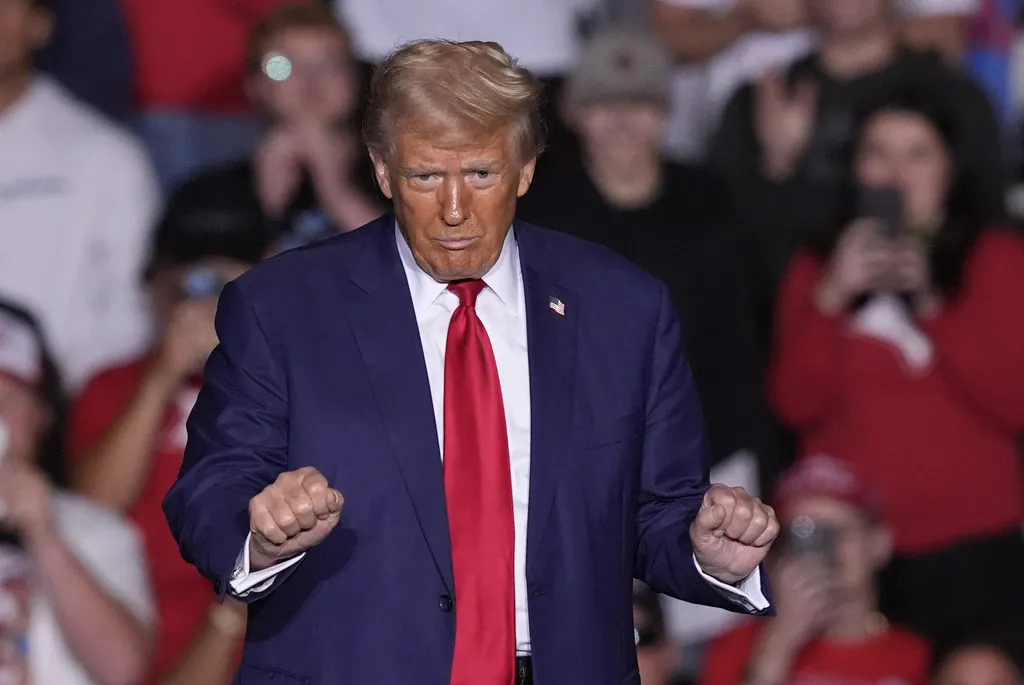Donald Trump’s Tariff Plan Threatens Economic Stability

Repeating History: The Impact of Tariffs
Donald Trump’s proposed tariffs could bring us back to economic difficulties similar to those faced during the Great Depression, primarily due to parallels with the Smoot-Hawley tariff act of 1930. This act saw global trade plummet from $3 trillion to less than $1 trillion, a dire situation that many fear could manifest again.
How Trump’s Tariffs Will Backfire
- Increasing the Cost of Living: Tariffs act as taxes on American importers, driving up the prices of imported goods for consumers.
- Harming U.S. Exports: Retaliatory tariffs from other countries could devastate U.S. manufacturers and farmers.
- Causing Bank Failures: The economic distress from tariffs could increase bank collapses, particularly in agriculture-heavy areas.
- Reducing Domestic Consumption: Higher prices would force Americans to buy less, further hurting local producers.
The historical precedent established by the Smoot-Hawley tariffs suggests that Trump's intention to protect American industries could instead jeopardize them. By disregarding established trade agreements, tariffs could lead to reciprocal actions from other nations, undermining U.S. exports and economic health.
The Bigger Picture: Economic Consequences
Trump's plans appear aimed at reducing imports while generating revenue; however, this dual goal could be contradictory. Reduced imports might yield less revenue, meaning that efforts to gain funds could backfire and exacerbate financial challenges for American farmers and companies alike.
In conclusion, Trump's tariff strategies threaten the economic landscape and American jobs at a time when global stability is already in flux. This is a risk that merits serious consideration before implementation.
This article was prepared using information from open sources in accordance with the principles of Ethical Policy. The editorial team is not responsible for absolute accuracy, as it relies on data from the sources referenced.